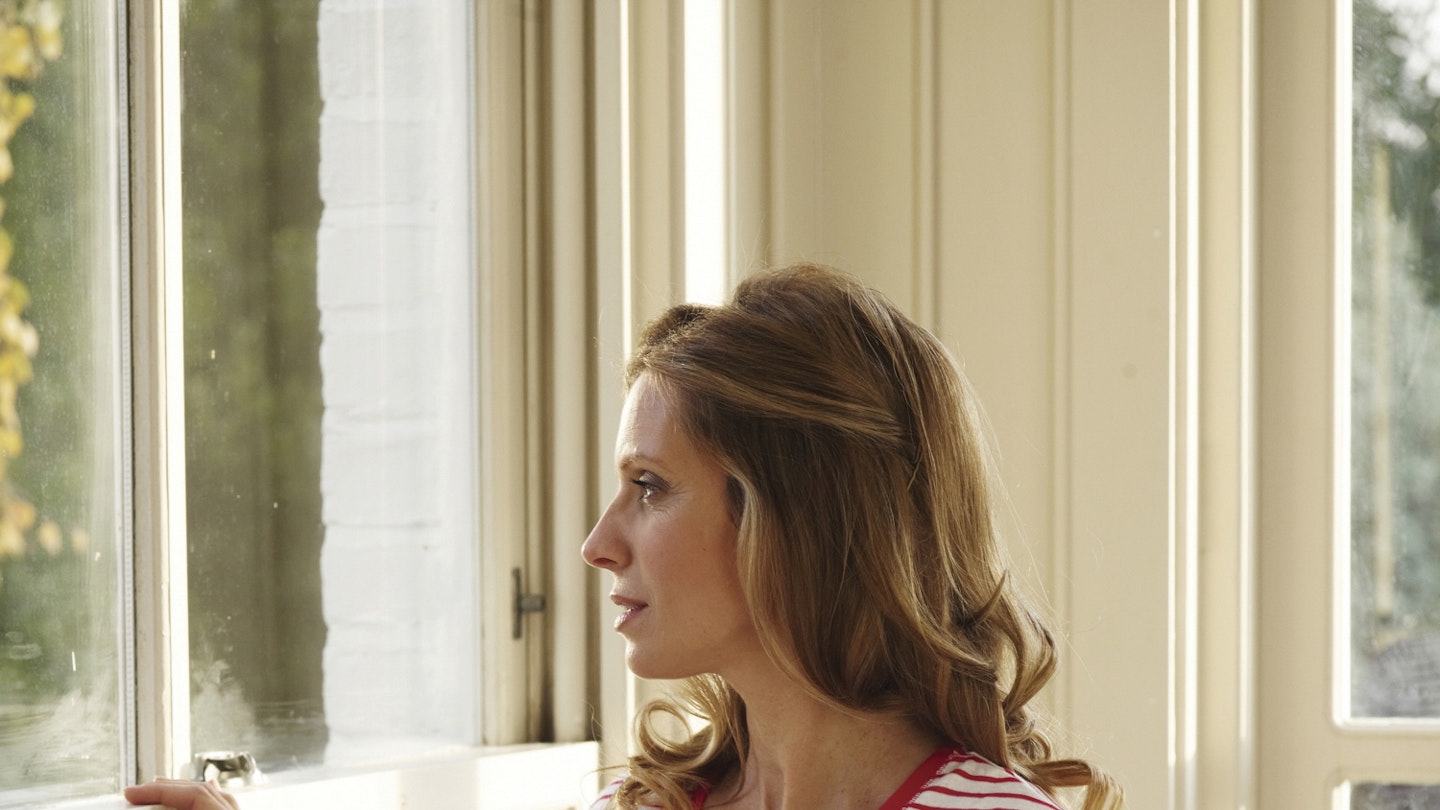Spina bifida sounds terrifying, but there are a whole range of treatments and management options available to help your baby bloom and flourish while living with the condition
Perhaps your new baby has spina bifida or maybe you’re pregnant and have been told your unborn child has the condition – either way, you’ll have dozens of questions that need answering. Raising a child with any illness is scary, whether you’re an experienced mum or if you’re new to it all.
Sadly, spina bifida remains an incurable condition. But, there are many treatments to manage the effects, giving your baby the chance to experience a loving and happy life.
Understanding spina bifida
Spina bifida develops in the first month of pregnancy if the spine and spinal cord don’t develop properly. You’ll probably have been made aware that your baby has it during one of your ultrasounds, either around week 12 or between week 18 and 21 of your pregnancy.
There are a number of different types of the condition. Spina bifida occulta is the mildest form and spina bifida myelomeningocele is the most severe. Fortunately, it’s not very common, affecting about one in 1,000 pregnancies.
‘The exact causes of the condition are unknown, but several risk factors have been identified,’ explains Professor Mitch Blair, from the Royal College of Paediatrics and Child Health. ‘The most significant being a lack of folic acid before and at the very start of pregnancy.’
Symptoms
Spina bifida can cause a number of symptoms that range in seriousness, dependent on which type of spina bifida your baby has.
‘Babies who are born with the meningocele form have a fluid-filled sac visible on the back,’ says Professor Blair. ‘The sac can be covered by a thin skin and be as small as a grape or as large as a grapefruit. Babies with myelomeningocele have a sac-like mass that bulges from the back, but a layer of skin doesn’t always cover it,’ Professor Blair explains. In some cases, the nerves of the spinal cord may also be exposed.
> Spina bifida can cause a number of symptoms that range in seriousness
Spina bifida occulta often has no outward signs or symptoms. ‘The spinal cord does not protrude through the skin, although a patch of hair, a birthmark, or a dimple may be present on the skin over the lower spine,’ Professor Blair says.
Later on in your baby’s life, there may be more obvious symptoms including incontinence, difficulty in reading or solving problems, muscle weakness or the ability to move muscles completely.
The severity of the symptoms usually depends on where on the spine the opening occurs and whether the baby also develops hydrocephalus, which is where excess fluid builds up on the brain.
Treatment options
Although there is no cure for spina bifida, there are several different treatments for the symptoms. One option that may be suggested is surgery to repair your baby’s spine, which will take place within 48 hours of her birth.
‘There are plenty of less invasive treatments,’ says Professor Blair. ‘These include physiotherapy to improve mobility and muscle movement, occupational therapy to develop everyday skills such as getting dressed and if a child suffers from incontinence, a catheter could be used.’
Caring for a baby with spina bifida
As the mum of a child with spina bifida, there is plenty of professional support that you can take advantage of. But there’ll also be moments when you need someone you know to lean on.
‘An expansive medical team will support you,’ advises Professor Blair. ‘Also on hand will be a nurse practitioner, physical and occupational therapists and a social worker. The goal is to create a lifestyle for you and your family where the disability interferes as little as possible with everyday activities.’
With all the advancements in spina bifida treatments, there is no reason why your child shouldn’t make it well into adulthood.
The important thing to remember is that your baby will grow up to be more similar to other children than she will be different. She’ll be full of emotions and bring you as much happiness as any child brings their mum.
